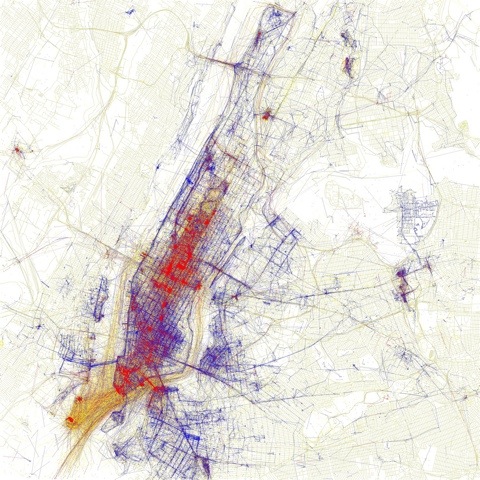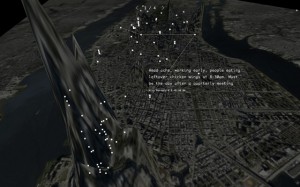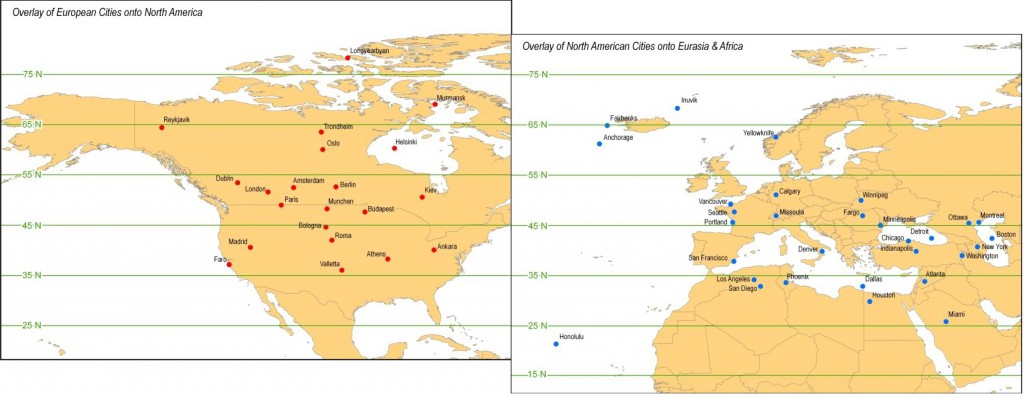Here are the subway maps we’ve looked at in the last few classes:
- Montreal Metro
- Chicago El
- Paris Metro
- Boston T
- London Tube
- Washington D.C. Metro
- NYC subway 1948
- NYC subway 1996
- NYC subway 2011

Here are the subway maps we’ve looked at in the last few classes:
 Gerrymandering is an interesting use of maps to political ends. I remember reading about how computers have really changed this, allowing for much more precise (and ludicrous) redistricting in the last two censuses (2000 and 2010) that can target political maps on a per-household basis.
Gerrymandering is an interesting use of maps to political ends. I remember reading about how computers have really changed this, allowing for much more precise (and ludicrous) redistricting in the last two censuses (2000 and 2010) that can target political maps on a per-household basis.
The following article on redistricting in the 2010 Census is a good overview; definitely click-through to the original article for good illustrations and links — the website referenced provides amazing examples of gerrymandering today.
Continue reading
Hat tip to Rob Baker-White for reminding me of this.

Locals and Tourists #2 (GTWA #1): New York
Blue pictures are by locals. Red pictures are by tourists. Yellow pictures might be by either.
Base map © OpenStreetMap, CC-BY-SA
 Invisible Cities
Invisible Cities
A project by Christian Marc Schmidt & Liangjie Xia
By revealing the social networks present within the urban environment, Invisible Cities describes a new kind of city—a city of the mind. It displays geocoded activity from online services such as Twitter and Flickr, both in real-time and in aggregate. Real-time activity is represented as individual nodes that appear whenever a message or image is posted. Aggregate activity is reflected in the underlying terrain: over time, the landscape warps as data is accrued, creating hills and valleys representing areas with high and low densities of data.
 I thought this was interesting — just in terms of how far north or south stuff is in the U.S. versus Europe. Not what I would expect — Budapest is further north than the Twin Cities? And actually, a good chunk of Europe is in Canada? Some stuff is what you expect, though — the Mediterranean climate of California and the Napa Valley wine growing region, etc.
I thought this was interesting — just in terms of how far north or south stuff is in the U.S. versus Europe. Not what I would expect — Budapest is further north than the Twin Cities? And actually, a good chunk of Europe is in Canada? Some stuff is what you expect, though — the Mediterranean climate of California and the Napa Valley wine growing region, etc.
Transposition on maps of various kinds is an interesting idea…